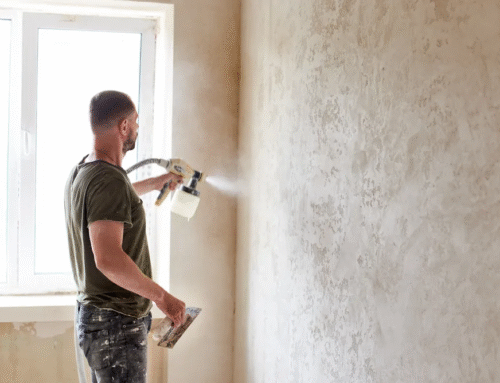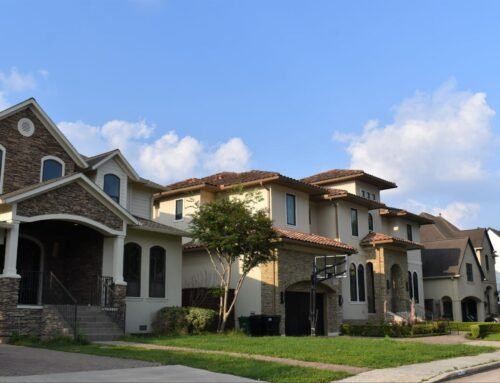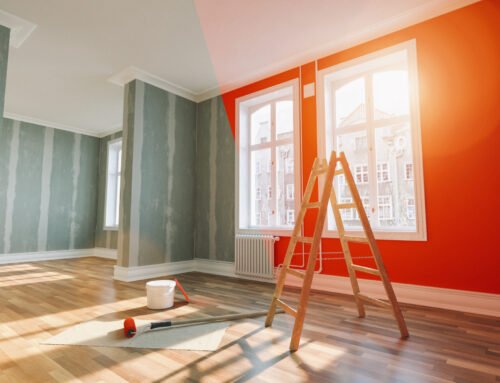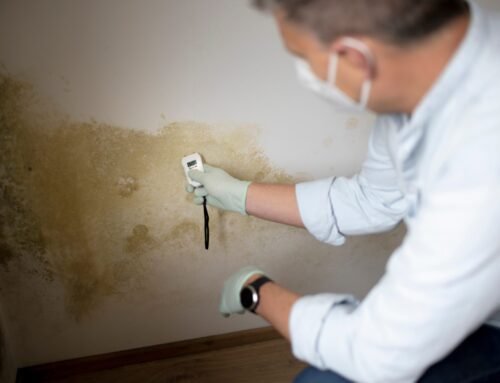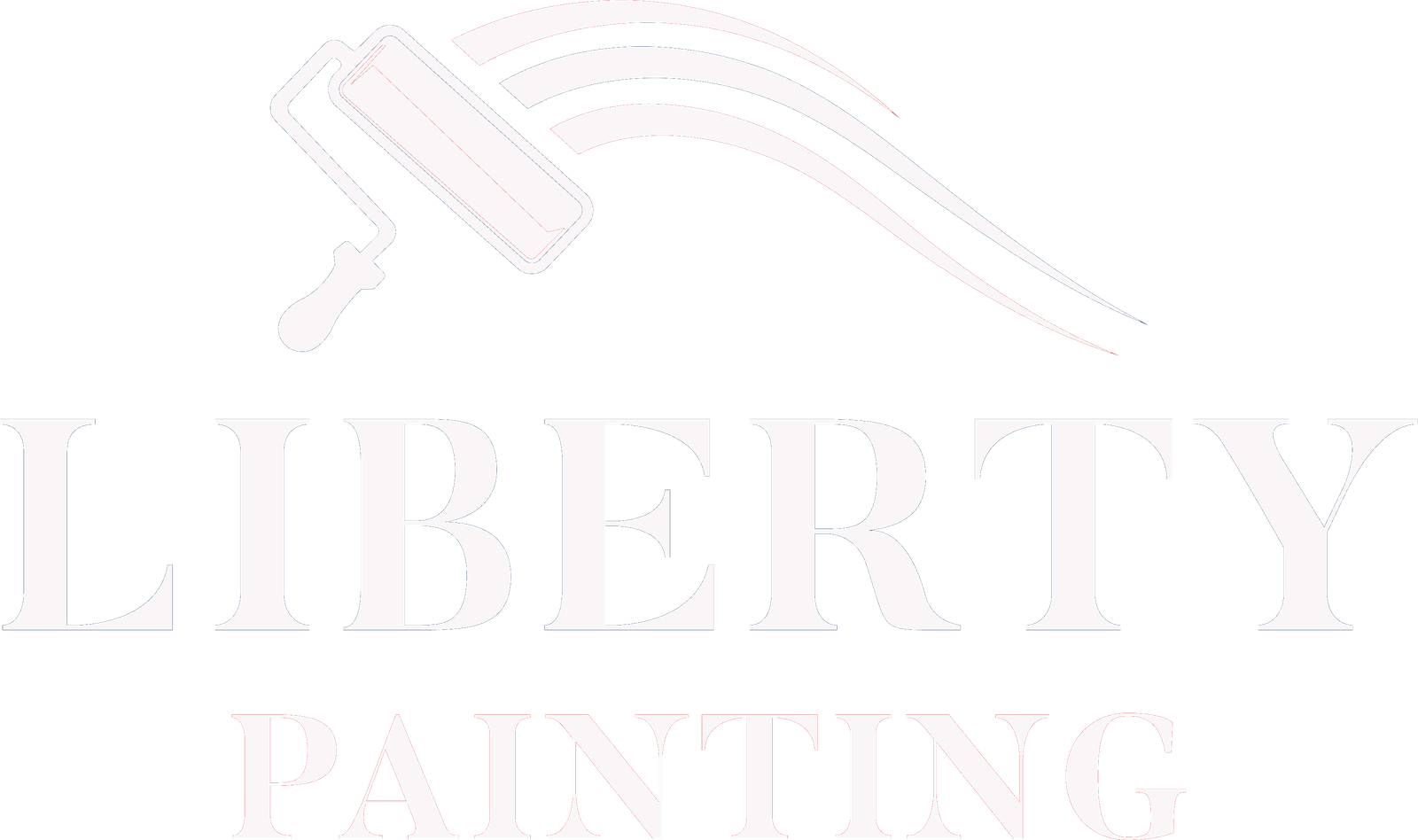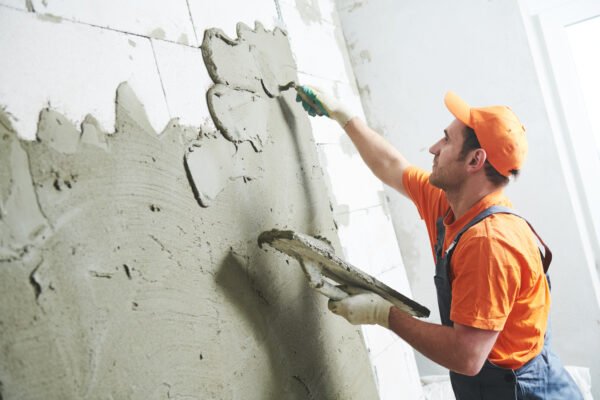
When it comes to maintaining the exterior of your home, few things are as essential as the condition of your stucco. Stucco not only adds to the aesthetic appeal of your residence but also serves as a protective layer against the elements. Over time, however, even the most well-constructed stucco can develop issues that require attention. We’ll cover everything you need to learn, from the common problems to the expert solutions that will help maintain your home’s beauty for years.
Understanding the Basics of Stucco
Stucco, a versatile and durable exterior finish, consists of cement, sand, and lime mixed with water. Applied in multiple layers, it hardens to form a rock-like shell over your home’s structure. This material is favored for its ability to resist fire, pests, and rot, making it an ideal choice for many homeowners. However, no matter how well-installed, stucco can develop issues over time, primarily due to environmental factors and wear and tear.
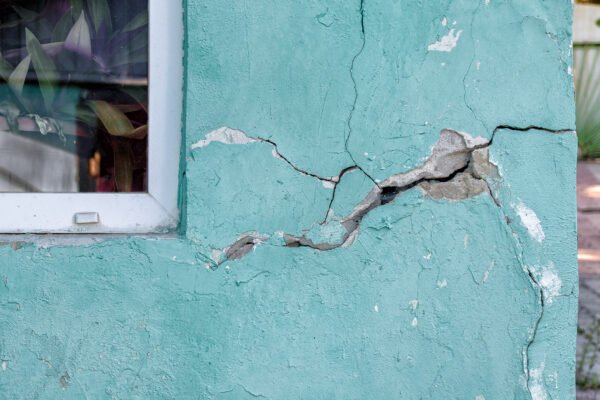
Identifying Common Stucco Problems
- Cracking: One of the most common issues with stucco is cracking. These cracks can appear for various reasons, including settlement, temperature fluctuations, or poor initial application. To address this problem effectively, it’s crucial to understand the type of cracks you’re dealing with. Common types include hairline cracks, stair-step cracks, and diagonal cracks. Each requires a specific approach for repair.
- Moisture Damage: Stucco, though resilient, can absorb moisture over time. This can lead to discoloration, efflorescence (white, chalky deposits), or even structural damage. Proper drainage systems and sealants are essential to prevent moisture from infiltrating your stucco.
- Staining and Discoloration: Stains and discoloration on stucco surfaces can result from a variety of sources, including water, mildew, algae, or pollution. Identifying the cause of the staining is the first step in determining the most appropriate cleaning and repair methods.
Residential Stucco Repair Solutions
Now that we’ve identified some common stucco problems, let’s explore the solutions.
-
Crack Repair
- For hairline cracks, a simple patching compound can suffice.
- Stair-step or diagonal cracks may indicate more significant structural issues. In such cases, consult a professional for a thorough assessment.
-
Moisture Management
- Ensure proper gutter and downspout maintenance to divert rainwater away from your stucco.
- Apply a waterproof sealant to protect your stucco from moisture absorption.
-
Stain Removal
- Mild stains can often be removed using a mixture of mild detergent and water, followed by gentle scrubbing.
- Stubborn stains may require a more robust cleaning solution or professional assistance.

Frequently Asked Questions (FAQ)
While some minor stucco repairs can be handled by homeowners, it’s crucial to recognize when professional intervention is necessary. A certified stucco repair specialist can assess the extent of the damage and implement the appropriate repairs to ensure the longevity and beauty of your stucco exterior.
Can I repair stucco cracks myself?
For minor hairline cracks, DIY repair with patching compound is possible. However, for more extensive or structural cracks, it’s best to consult a professional to ensure proper repair and prevent future issues.
What causes moisture damage to stucco?
Moisture damage can result from poor drainage, improper sealing, or cracks in the stucco surface. It’s essential to address these issues promptly to prevent further damage.
How can I prevent future stucco problems?
Regular maintenance, including inspecting for cracks and maintaining proper drainage, is key to preventing stucco issues. Additionally, applying a waterproof sealant can help protect your stucco from moisture.
Can stained or discolored stucco be restored to its original appearance?
In many cases, yes. Mild stains can often be removed with a gentle cleaning solution. For stubborn stains or discoloration, consider professional cleaning services that specialize in stucco.
Is stucco a durable exterior finish?
Yes, stucco is known for its durability and resistance to fire, pests, and rot. With proper maintenance and timely repairs, stucco can provide long-lasting protection and enhance the aesthetic appeal of your home.
How often should I have my stucco inspected?
It’s advisable to have your stucco inspected annually or after severe weather events. Regular inspections can catch issues early and prevent them from becoming more extensive and costly to repair.
What should I look for in a professional stucco repair specialist?
When hiring a stucco repair specialist, ensure they are licensed and experienced in working with stucco. Ask for references and reviews to gauge their reputation. A professional should provide a detailed assessment and transparent cost estimates for any necessary repairs.
How long does stucco repair typically take?
The time required for stucco repair depends on the extent of the damage. Minor repairs may be completed in a day, while more significant repairs or structural issues may take longer. Your stucco repair specialist can provide a more accurate estimate based on the specific situation.

Conclusion
Remember that regular maintenance and timely repairs are key to preserving the integrity and aesthetics of your stucco and ultimately your home. Consider the experts at Liberty Painting when facing significant stucco issues. By addressing issues promptly and employing the right techniques, you can enjoy a beautiful and durable stucco finish for years to come. Contact us today – relax and leave the rest to us!

